Role Mathematician | Children Robert Wald Name Abraham Wald | |
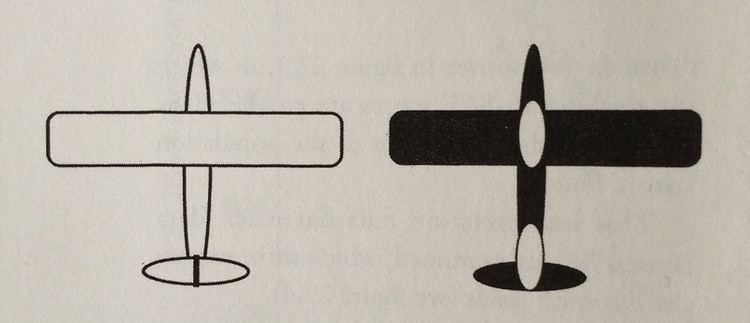 | ||
Born October 31, 1902Cluj-Napoca, Austria–Hungary ( 1902-10-31 ) Fields MathematicsStatisticsEconomics Doctoral students Meyer GirshickCharles SteinMilton Sobel Died December 13, 1950, Kingdom of Travancore Books Statistical decision functions, Sequential Analysis, Selected Papers in Statistics and Probability Similar People | ||
Abraham wald how a statistician saved lives of aircrew
Abraham Wald (Hungarian: Wald Ábrahám, (1902-10-31)October 31, 1902 – (1950-12-13)December 13, 1950) was a mathematician born in Cluj, in the then Austria–Hungary (present-day Romania) who contributed to decision theory, geometry, and econometrics, and founded the field of statistical sequential analysis. He spent his researching years at Columbia University.
Contents
- Abraham wald how a statistician saved lives of aircrew
- An ode to abraham wald liam parsons 08 06 15
- Life and career
- Notable publications
- References
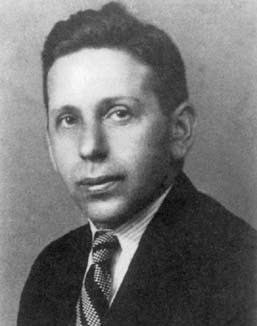
An ode to abraham wald liam parsons 08 06 15
Life and career
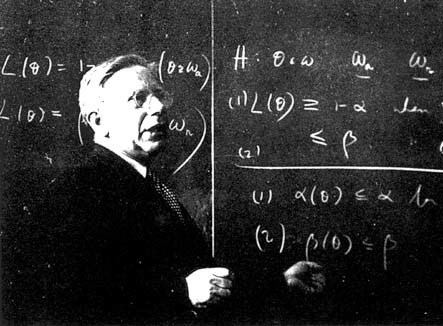
Being a religious Jew, he did not attend school on Saturdays, as was required at the time by the Hungarian school system, and was thus home-schooled by his parents until college. His parents were quite knowledgeable and competent as teachers.
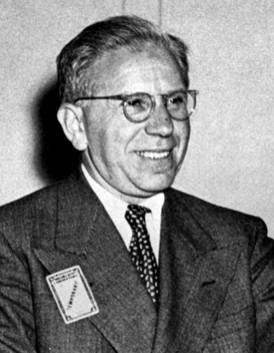
In 1928 he graduated in mathematics from the King Ferdinand I University. In 1927, he entered graduate school at the University of Vienna, from which he graduated in 1931 with a Ph.D. in mathematics. His advisor there was Karl Menger.
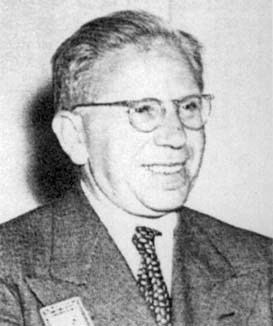
Despite Wald's brilliance, he could not obtain a university position, because of Austrian discrimination against Jews. However, Oskar Morgenstern created a position for Wald in economics. When the Nazis invaded Austria in 1938, the discrimination against Jews intensified. In particular, Wald and his family were persecuted as Jews. Wald was able to immigrate to the United States, at the invitation of the Cowles Commission for Research in Economics, to work on econometrics research.
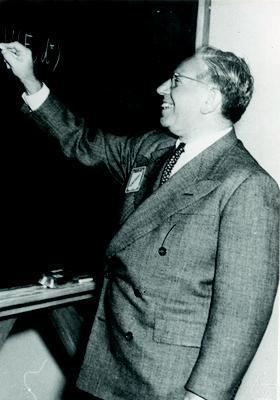
During World War II, Wald was a member of the Statistical Research Group (SRG) where he applied his statistical skills to various wartime problems. These included methods of sequential analysis and sampling inspection. One of the problems that the SRG worked on was to examine the distribution of damage to aircraft to provide advise on how to minimize bomber losses to enemy fire. There was a inclination within the military to consider providing greater protection to parts that received more damage but Wald made the assumption that damage must be more uniformly distributed and that the aircraft that did return or show up in the samples were hit in the less vulnerable parts. The results are often popularly simplified into the idea that Wald suggested greater protection for the fuselage and tail even though the available evidence showed damage mainly on the wings. Wald noted that the study only considered the aircraft that had survived their missions—the bombers that had been shot down were not present for the damage assessment. The holes in the returning aircraft, then, represented areas where a bomber could take damage and still return home safely. Wald proposed that the Navy instead reinforce the areas where the returning aircraft were unscathed, since those were the areas that, if hit, would cause the plane to be lost. His work is considered seminal in the then-fledgling discipline of operational research. Wald and his wife died when the Air India plane in which they were travelling crashed in the Nilgiri mountains, in southern India, while on an extensive lecture tour at the invitation of the Indian government. He had visited the Indian Statistical Institute at Calcutta and was to attend the Indian Science Congress at Bangalore in January. Their two children were back at home in the United States.
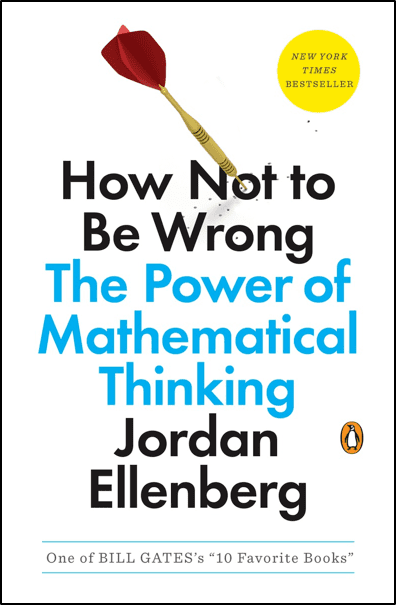
Following his death, Wald was criticized by Sir Ronald A. Fisher FRS. Fisher attacked Wald for being a mathematician without scientific experience who had written an incompetent book on statistics. Fisher particularly criticized Wald's work on the design of experiments, alleging ignorance of the basic ideas of the subject, as set out by Fisher and Frank Yates. Wald's work was defended by Jerzy Neyman in the following year. Neyman explained Wald's work, particularly with respect to the design of experiments. Lucien Le Cam credits him in his own book, Asymptotic Methods in Statistical Decision Theory: "The ideas and techniques used reflect first and foremost the influence of Abraham Wald's writings".

Abraham Wald was the father of noted American physicist Robert Wald.
Notable publications
For a complete list, see "The Publications of Abraham Wald". Annals of Mathematical Statistics. 23 (1): 29–33. 1952. doi:10.1214/aoms/1177729483.
See Dover reprint: ISBN 0-486-43912-7
